Diamonds
Champagne Jewelers lets you select your diamond or gemstone of choice for your engagement ring. That way you will get to know your diamond up-close! We will show you the difference between diamond grades and why prices vary so much depending on quality.
Shapes
4 C's
Carat: Diamond carat weight is the measurement of how much a diamond weighs. Each carat can be subdivided into 100 ‘points.’ All else being equal, diamond price increases with diamond carat weight, because larger diamonds are more rare and more desirable.
Cut: A diamond’s cut grade is how well a diamond’s facets interact with light. Precise artistry and workmanship are required to fashion a stone so its proportions, symmetry, and polish deliver the magnificent return of light only possible in a diamond. GIA’s grading scale ranges from Excellent to Poor.
Color: A diamond’s color is evaluated by the absence of color. GIA’s diamond scale is from D (colorless) to Z (color) when viewed under controlled lighting. The closer the diamond is graded to D the more valuable it is. While this scale is for clear diamonds, there are other scales to determine value of naturally colored diamonds.
Clarity: A diamond’s clarity is evaluated by the absence of inclusions and blemishes. . Evaluating diamond clarity involves determining the number, size, relief, nature, and position of these characteristics, as well as how these affect the overall appearance of the stone. While no diamond is perfectly pure, the closer it comes, the higher its value. GIA’s diamond clarity is divided into 11 categories from Flawless to Included.


